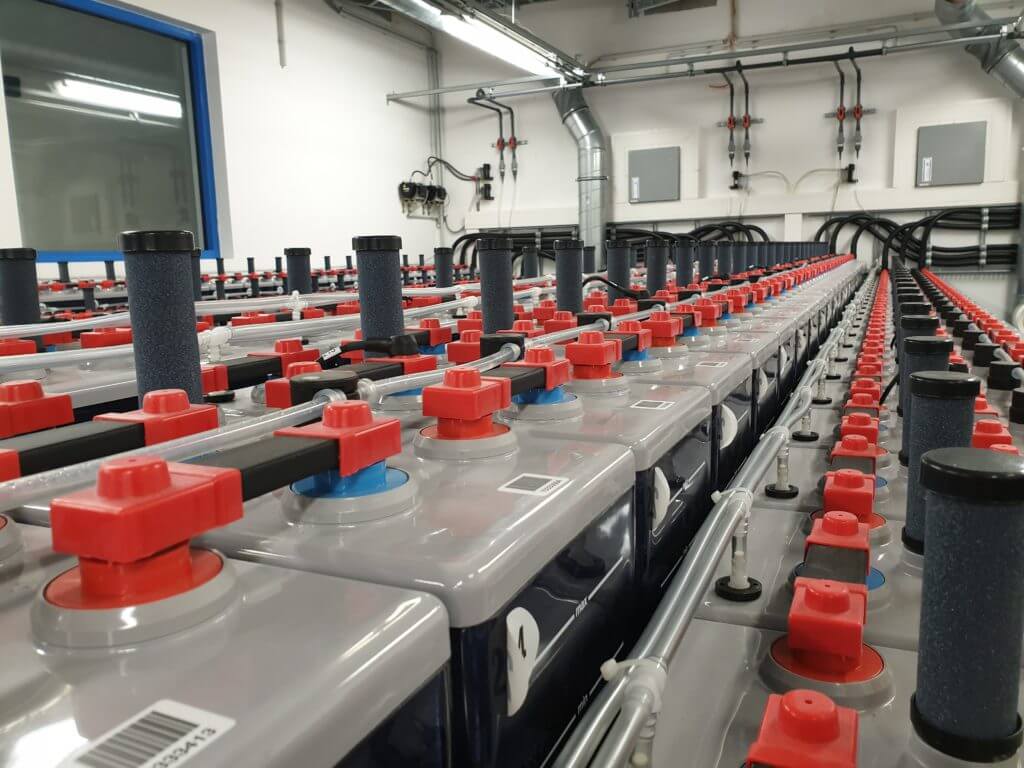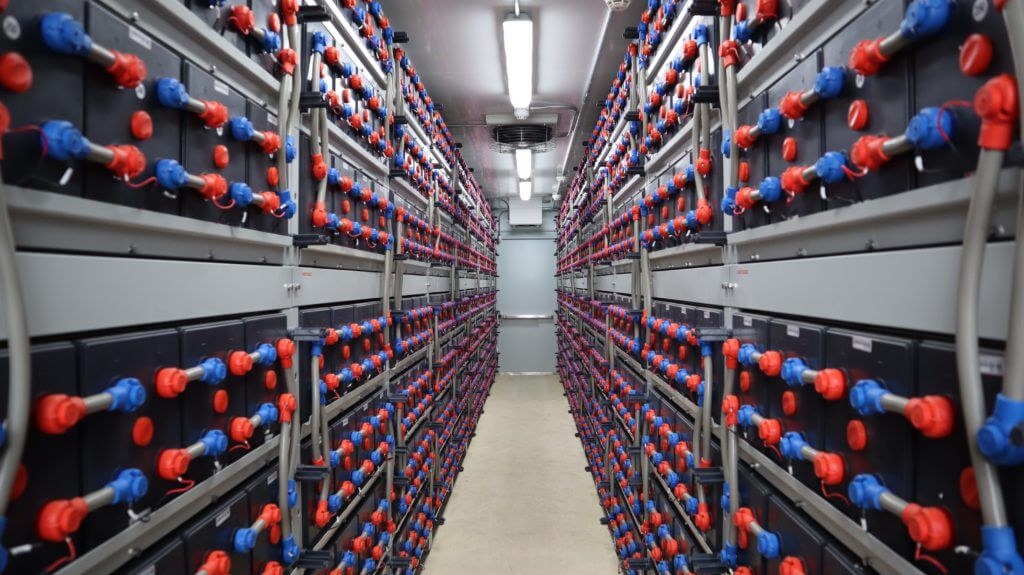
Expert Panel Blog Series: CBI invites member company Battery Energy Power Solution’s Dr Michael Glenn and CBI’s Battery Science Advisor Dr David Rand to write about their insights into how smart battery management systems are necessary to deliver higher levels of system performance and consistency for lead battery energy storage.
As the world’s demand for clean energy grows, energy storage systems must improve in the areas of performance, safety and consistency. Decarbonization of electricity by switching from fossil fuels to renewable and other non-fossil sources, coupled with increased electrification of other sectors of the economy, is considered a pathway to sustainable development. The introduction of ‘renewables’ does, however, radically change the characteristics of electric energy systems (‘grids’). Solar cells and wind turbines, for example, are best placed where the weather conditions are favourable but, nonetheless, are intermittent, variable and stochastic sources of energy.
Batteries are being employed for smoothing out the variability of renewables and assisting instantaneous power-balance required by the grid. There is also an increasing trend for consumers to schedule, manage, and control their own renewable generation. This energy is stored locally in batteries ― not only for their own consumption but also, when surplus, for sharing with others through the grid.
Can ‘smart’ grids be made to accommodate this massive distribution of energy? If so, can lead battery technology follow suite?
CBI members have shown that state-of-the-art lead chemistry can deliver high cycle-life at the individual cell level, e.g., 5000 cycles at 70% depth-of-discharge. By contrast, when cells are assembled into large systems their cycle-life can diminish. Consequently, many companies in the lead battery industry are working to achieve system equivalence to the ultimate cell performance by using a Battery Management System (BMS) to deliver long-lasting energy storage facilities.

Energy storage systems are often constructed from parallel strings, where each string is a series combination of individual batteries (single cell or module). Battery packs are assembled from many cells (tens to hundreds of units), all of which must be equalized to maximize system performance and longevity; otherwise, reliability is limited by the weakest cell.
Cells operating in strings misalign in terms of their state-of-charge (SoC) that must be corrected through charging. Overcharging or undercharging a cell leads to premature failure, which is due principally to grid corrosion and sulfation. Therefore, each cell must receive the correct amount of charge according to its state. Whereas the traditional method of overcharging is sometimes adequate for cell balancing when applied to small systems, this does not hold true for larger facilities (> 100 units).

Changes in the internal resistance of a cell can be used to estimate its SoC. When a cell is fully charged, excess current is diverted through a bypass resistor and thereby avoids deleterious secondary reactions and/or unnecessary heating of the cell. Direct-current internal resistance obtained from current and voltage data is available from simple monitoring equipment. Improvements can be made by using an alternating-current perturbation signal to provide both capacitive and resistive contributions to the impedance that together offer a more detailed depiction of cell condition. This method is based on electrochemical impedance spectroscopy (EIS) ― a technique that has been employed to investigate smaller devices and has enabled many breakthroughs in electrochemistry research.
Applying EIS to large cells is challenging due to typical bandwidth limitations in high-power test equipment. This problem is exacerbated when operating at high currents and high perturbation signal frequencies. The high currents delivered from large battery installations are also prone to non-stationary distortion. Such behaviour is due to the increased time required to reach quasi-equilibrium, especially during low-frequency measurements which take longer to execute. Despite the technical challenges, enhanced methods for determining cell state have been identified as a key requirement for the development of a ‘smart BMS’ capable of providing superior levels of system performance and consistency.
In effect, the above challenges can be overcome by (i) refining the analogue signal processing with booster amplifiers and (ii) minimizing the time required to conduct a measurement by using the multi-sine perturbation method. The latter is a specific type of EIS where the current of the perturbation signal is modified — as opposed to the voltage — to allow in-operation measurements to be performed on a cycling cell. A booster amplifier can adapt the amplitude of the current perturbation signal to minimize both the total harmonic distortion and the noise-to-signal ratio; i.e., Galvano electrochemical spectroscopy with adaptive amplitude (GEIS-AA).
The single-sine measurement technique scans each frequency sequentially, thus the time required is given by the sum of each individual frequency’s measurement duration. This process differs to the multi-sine technique which simultaneously injects multiple perturbation signals of different frequencies. Consequently, the time required to complete a multi-sine measurement is dictated by the lowest frequency perturbation signal and is significantly shorter.
A BMS that can be implemented in the field must be cost-effective. A path for BMS‒EIS technology is to truncate the perturbation signal range to frequencies that provide essential information. In principal, such impedance data can be captured by the smart BMS hardware from where it can be used for local control purposes. The information is also sent to cloud systems for analysis that employs data-based learning tools.
Across the globe, lead batteries are utilized for a wide range of energy storage systems, from large-scale frequency regulation used to stabilize national electricity grids, to microgrids paired with renewable energy sources. CBI’s interactive map is showcasing installations powered by safe, reliable and sustainable lead batteries.

